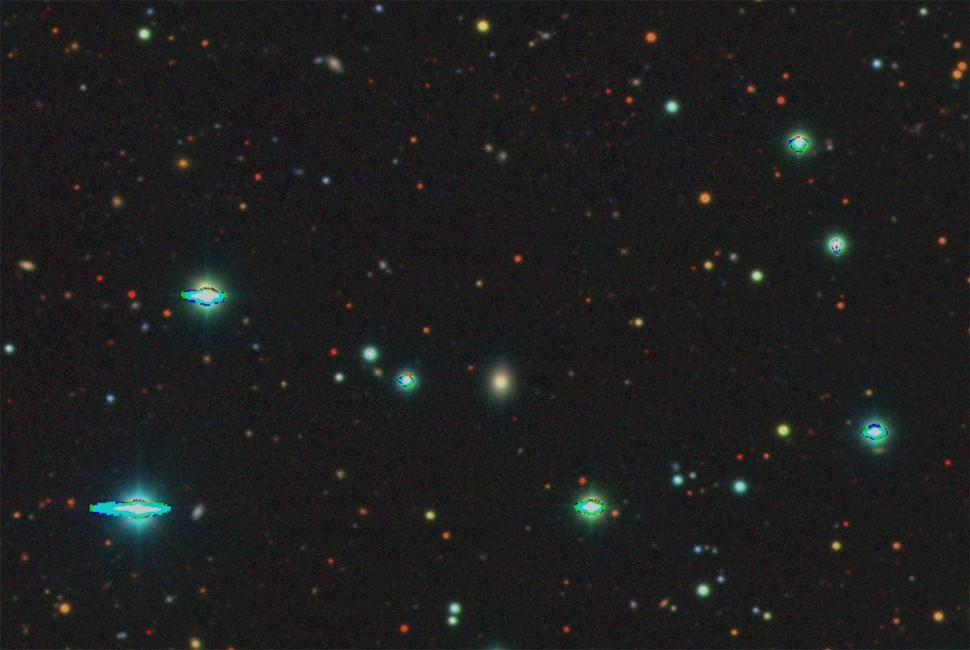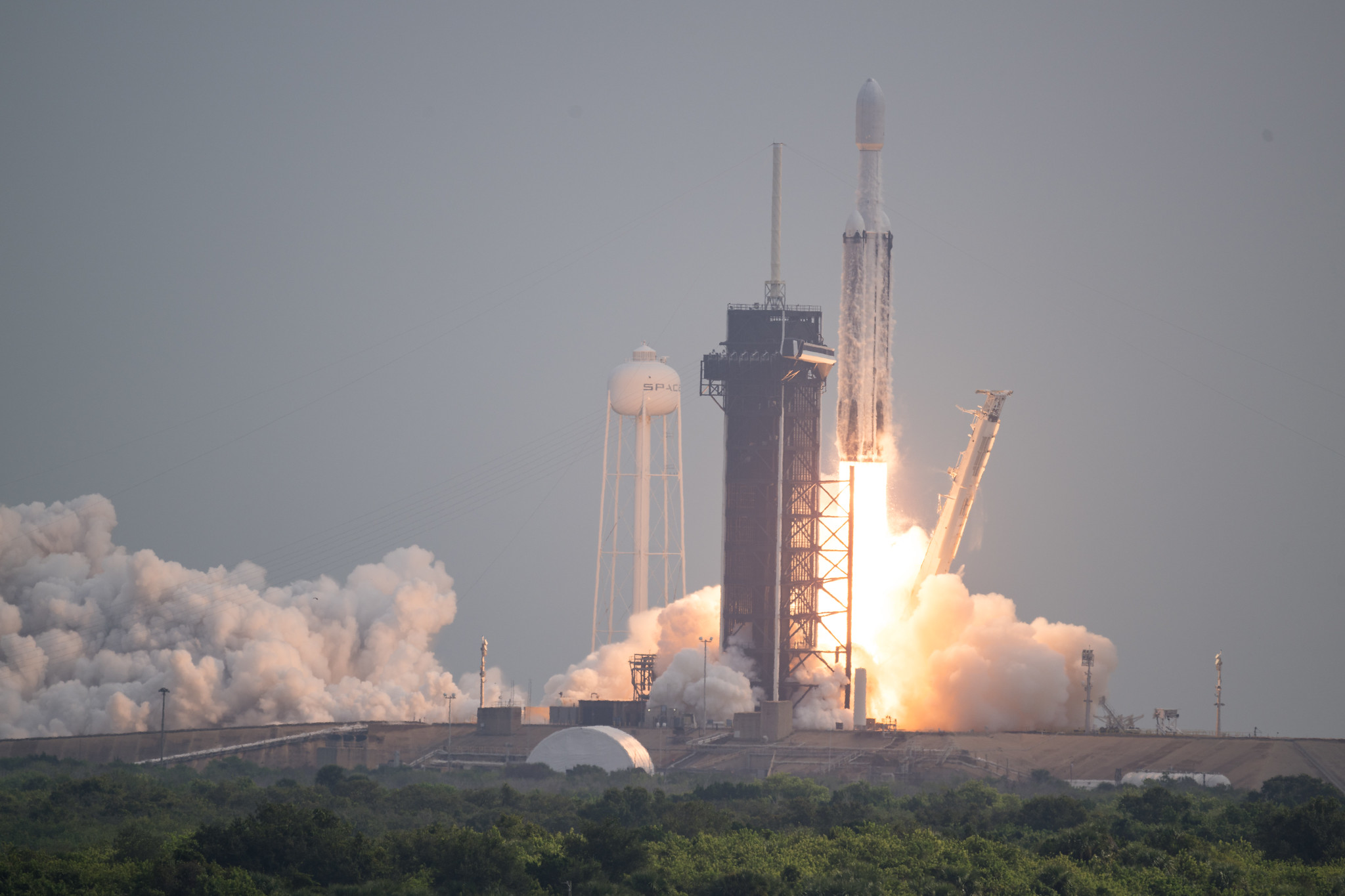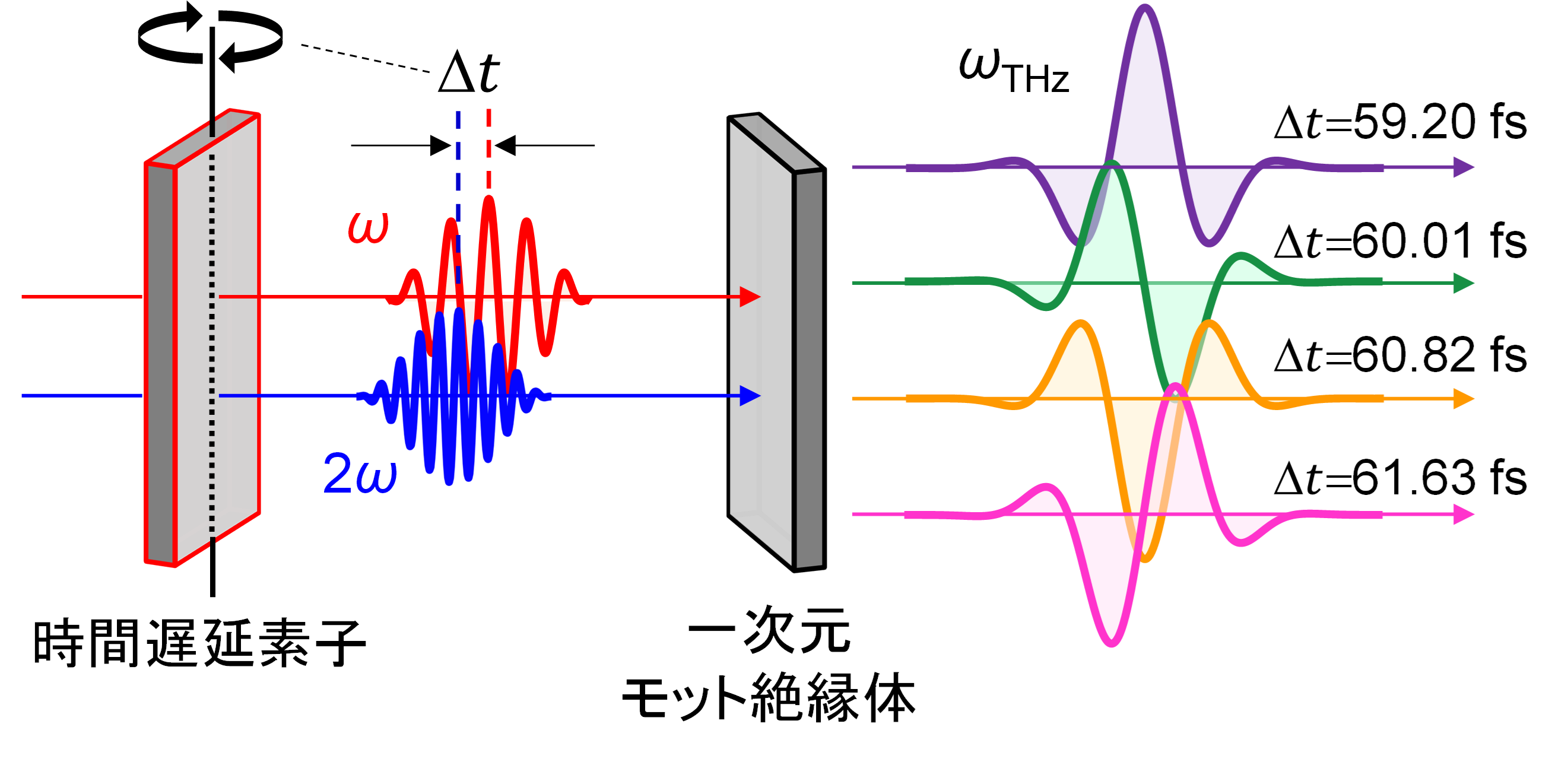2023-10-13 ノースウェスタン大学
 A deep-space image of the galaxy where the supernova occurred. Credit: Legacy Surveys / D. Lang (Perimeter Institute) for Legacy Surveys layers and unWISE / NASA/JPL-Caltech / D. Lang (Perimeter Institute)
A deep-space image of the galaxy where the supernova occurred. Credit: Legacy Surveys / D. Lang (Perimeter Institute) for Legacy Surveys layers and unWISE / NASA/JPL-Caltech / D. Lang (Perimeter Institute)
◆ノースウェスタン大学を中心にした国際共同研究チームが、新しいAIツール「BTSbot」を使用して、超新星を自動的に検出、同定、分類するプロセスを成功させました。
◆BTSbotは過去の16000以上のソースから140万以上の画像を学習し、新しい超新星候補を2日以内に検出し、その超新星のタイプを自動的に識別しています。
◆これにより、研究者は人間の介入を排除し、超新星の分析と分類を迅速化し、新たな発見のスピードを加速させることができます。この新しいアプローチにより、星の寿命サイクルや超新星が生成する元素に関する理解が向上することが期待されています。
<関連情報>
- https://news.northwestern.edu/stories/2023/10/first-supernova-detected-confirmed-classified-and-shared-by-ai/
- https://www.wis-tns.org/astronotes/astronote/2023-265
超新星2023tyk:発見から分光学的分類まで完全自動で行われる SN 2023tyk: discovery to spectroscopic classification performed fully automatically
Nabeel Rehemtulla, Adam Miller, Christoffer Fremling, D. A. Perley, Yu-Jing Qin, Jesper Sollerman, Ashish Mahabal, James D. Neill, Theophile Jegou Du Laz , and Michael Coughlin
Abstract
We report the first transient to be fully automatically discovered, identified, followed-up, spectroscopically classified, and reported to TNS.



